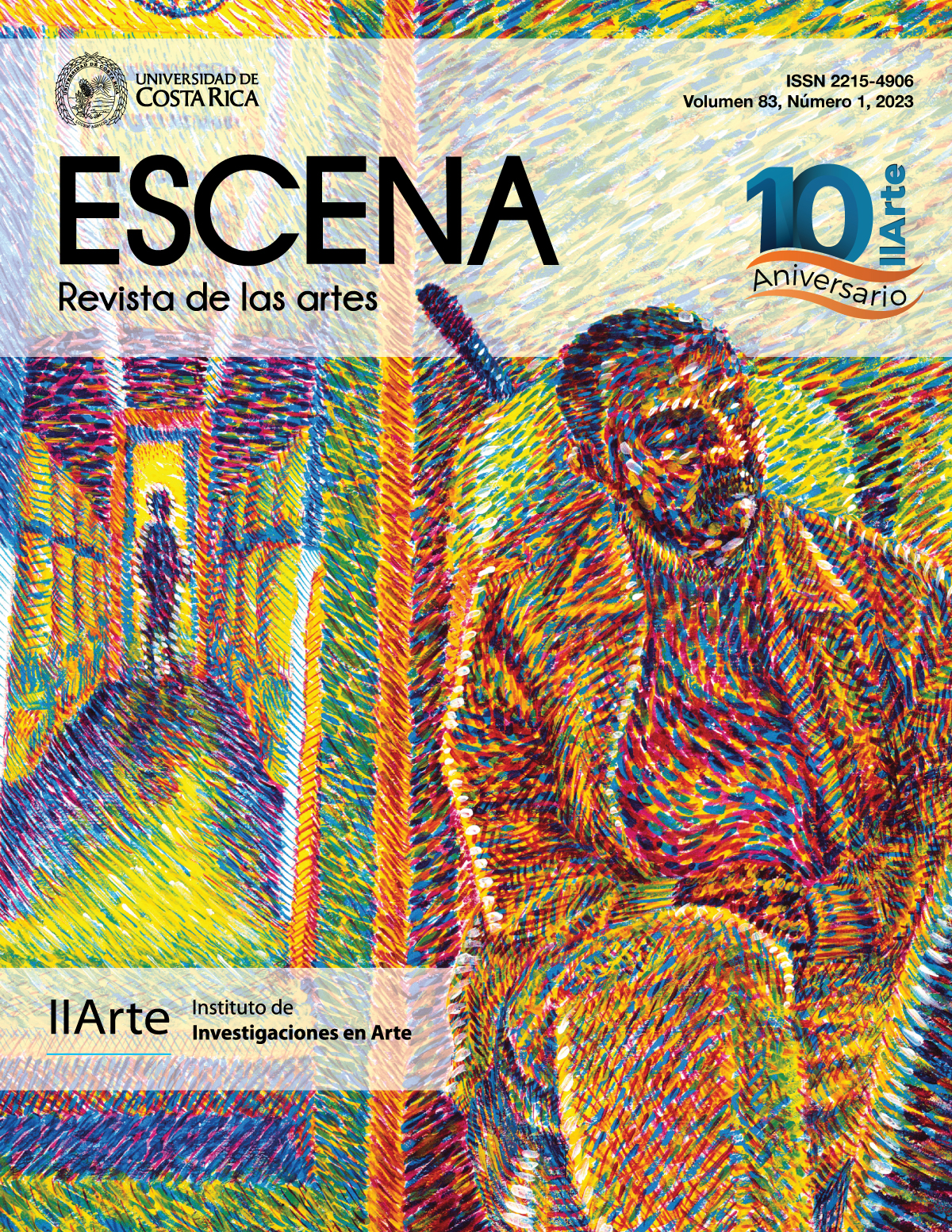Abstract
Introduction: The article is an analysis of the film Once Were Warriors (1994), by director Lee Tamahori, which takes place in an Auckland neighborhood where body marking appears in different ways. Objective: To better understand the film’s approach to body marking in the complex contemporary New Zealand context, resulting from the cultural clash between the European culture and the Maori. Methods: It includes the analysis of shots and sequences and the convenient quotation of thinkers such as Néstor Canclini, Pierre Clastres, Peter Gow and Lars Krutak. Conclusions: The perspective adopted by the film does not go through the western moralizing question regarding body marking. It places the practice as a deep tradition of that society, in which the marks on the bodies and in the environment show the strengthening of a cultural identity that it was tried, in vain, to silence. It also leads to questioning the superficiality of the white man’s worldview, not only in relation to body marking.
References
Bíblia. (1979). Edelbra.
Caitano, D., da Silva, N., & Moreira, L. (2019). O Corpo como Destino Pulsional: Sublimação e Marcas Corporais. A Peste, 2(2), 395-406. https://revistas.pucsp.br/index.php/apeste/article/view/16637/12489
Canclini, N. G. (2000). Culturas híbridas: estratégias para entrar e sair da modernidade (3ª ed.). Edusp.
Clastres, P. (2017). A sociedade contra o Estado. Ubu Editora.
Cronenberg, D. (Diretor). (2007). Eastern Promises [filme]. Focus Features & BBC Films.
Gonçalves, A. F. (2019). Assinado e selado em sangue: um ensaio sócio-antropológico da tatuagem e a arte [Trabalho de conclusão de curso, Universidade Estadual Paulista]. Repositório Institucional UNESP. https://repositorio.unesp.br/handle/11449/203950
Gow, P. (1995). Land, people and paper in Western Amazonia. In R. Hirsch, & M. O’Hanlon (Eds.), The Anthropology af Landscape: Perspectives on Place and Space (pp. 43-62). Clarendon Press. https://leiaufsc.files.wordpress.com/2016/08/gow-p.pdf
Krutak, L. (2013). Embodied Symbols of the South Seas: Tattoo in Polynesia. LARS KRUTAK. Tattoo Anthropologist. https://www.larskrutak.com/embodied-symbols-of-the-south-seas-tattoo-in-polynesia/
Lacerda, H. (Diretor). (2013). Tatuagem [filme]. Rec Produtores Associados.
Lea, V. (2009). Resenha do livro Mau Moko The World of Maori Tattoo, de Ngahuia Te Awekotuku e Linda Waimarie Nikora. Mana, 15(2), 598-600. https://www.scielo.br/j/mana/a/jbyzyWMZCBKH8KmjRBw3MnL/?lang=pt
Nolan, C. (Diretor). (2000). Memento [filme]. Summit Entertainment, Newmarket Films & Team Todd.
Pereira, D., & Moraes, D. (2016). Mídia e rugby como formas de reafirmação e reconstrução da memória maori – o haka na Nova Zelândia. Revista Interdisciplinar Científica Aplicada, 10(4), 86-102. https://portaldeperiodicos.animaeducacao.com.br/index.php/rica/article/view/17880/11663
Platão. (2008). A República. Fundacao Calouste Gulbekian.
Robley, H. (2003). Maori Tattooing. Dover Publications.
Robley, H. (1896). Moko, or, Maori Tattooing. Chapman and Hall.
Schaffner, F. J. (Diretor). (1973). Papillon [filme]. Les Films Corona & General Production Company.
Shapiro, R., & Heinich, N. (2013). Quando há artificação? Revista Sociedade e Estado, 28(1), 14-28. https://www.scielo.br/j/se/a/Lft3QKjJ6mxTsMdLHhkKwwm/?lang=pt
Takiguti, K. (2013). A Imagem da máfia: uma análise sobre as tatuagens da Yakuza. Encontro Internacional de Pesquisadores em Arte Oriental. Oriente-se: Ampliando Fronteiras.
Tamahori, L. (Diretor). (1994). Once Were Warriors [filme]. Communicado Productions.
Comments

This work is licensed under a Creative Commons Attribution-NonCommercial-NoDerivatives 4.0 International License.
Copyright (c) 2023 Eduardo Meciano Rezende Trentino, Yanet Aguilera Viruéz Franklin de Matos



